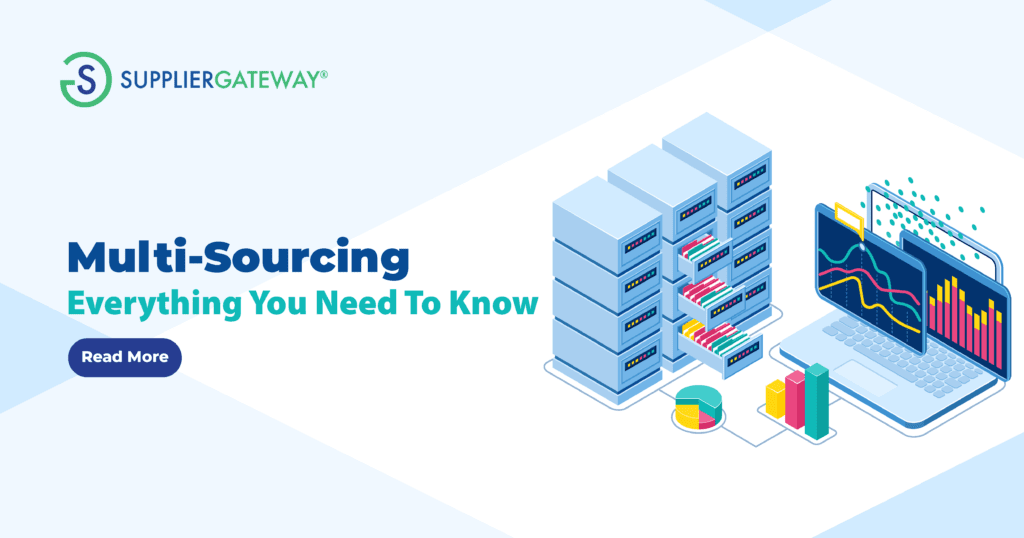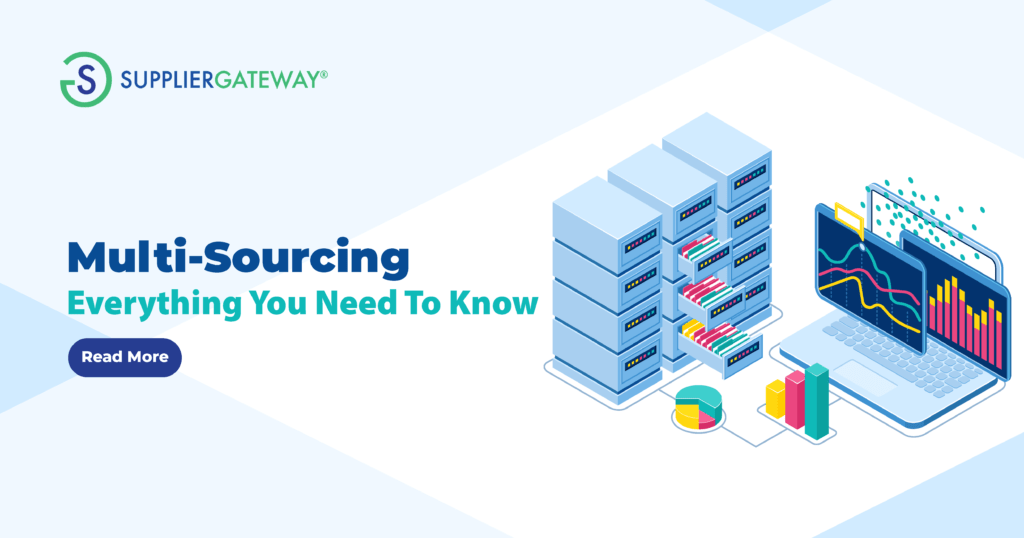
The outsourcing model has become popular over the years as companies scale up and require specific supply needs to accommodate their growth. Yet, many companies have been questioning the effectiveness of having one provider meet their procurement objectives. Instead, they adopt a new approach involving multiple vendors, known as “multi-outsourcing.”
Increasingly, many businesses consider outsourcing as part of their procurement strategy to maximize performance and gain a competitive advantage. This article will give you all the necessary information to enhance your understanding of whether multi-sourcing should be a part of your business strategy.
Definition
Before diving deeper into the topic, we should be clear about what outsourcing is. In simple words, outsourcing is obtaining goods and services from third-party suppliers. This is commonly used to reduce costs and add specific skill sets needed for a product or service without requiring substantial in-house investment to get something done quickly.
Multi-sourcing, also known as multiple sourcing, is an outsourcing approach in which products or services are contracted to various suppliers needed to conduct the business instead of using traditional single sourcing.
Is Multi-Sourcing A Good Strategy?
Leveraging multi-sourcing can create flexibility and mitigate the risks of causing supply chain disruptions from unexpected events such as natural disasters or the most recent coronavirus outbreak. On the other hand, working with multiple suppliers adds complexity to the supply chain, making it challenging to manage suppliers. To get a better understanding, here are some main pros and cons of multi-sourcing:
Pros:
- Risk Deduction: Less reliance on any individual supplier increases the flexibility in the supply chain if something goes wrong.
- Supply Chain Stability: reduce the significant risk across the products or services through supply chain diversification
- High Product Quality: Get the highest product and service quality at the best possible price, thanks to a larger resource pool
- Innovation: build innovation through competition
- Negotiation: Be able to monitor which suppliers perform best, which helps you make a better deal in the future.
Cons:
- Supplier Management: Difficult to build and maintain a good relationship with multiple suppliers simultaneously.
- Administration costs: Potentially increase the management overhead costs associated with managing and communicating with numerous suppliers.
- Quality Control: A challenge of keeping track of quality control and efficiency
- Integrations Difficulties: When multiple suppliers take over different parts of a product, there will be an issue integrating them, resulting in additional costs and time.
Besides these main points, some external factors also influence whether you should adopt multi-sourcing. Smaller businesses tend to have less flexibility in choosing suppliers due to limited budgets and labor. Hence, the answer will depend on what particular project you are working on and your capabilities. Each factor will lead you in a different direction that is best in your current situation.
Supplier Lifecycle Management
As mentioned, multi-sourcing has drawbacks besides many benefits. One of the biggest challenges is effectively managing the complexity of having multiple vendors. Manual workflows to manage suppliers no longer work in the multi-sourcing model. Instead, many businesses embracing multi-sourcing utilize the end-to-end process of supplier lifecycle management to ensure their operations run smoothly and more efficiently.
Here are the eight critical areas in most supplier management solutions.
- Qualification: This is the first step of supplier management, making sure your suppliers meet your specific requirements. There are hundreds or thousands of suppliers participating in your program. Therefore, it’s essential to filter only the ones that satisfy your requirements.
- Evaluation: After suppliers submit their applications for the evaluation process, you will start evaluating those who passed the first step based on different criteria such as quality, supply risk, customer reviews, performance, diversity, etc. – whatever matters most to you and your organization will be considered in this stage.
- Selection: After assessing all of the candidates, the number of qualified suppliers should be significantly narrowed down so that you can make a decision. This selection process is crucial because it directly impacts your business operations; hence, it takes time. The ultimate goal is to maximize the potential value and build a long-term relationship.
- Onboarding: This step involves collecting all the necessary information and documents to get a supplier approved in your system. Once a supplier is approved, you can see updates on their information and performance.
- Supplier Performance: Supplier performance management helps your company identify problems early and solve them quickly. It’s essential to constantly monitor and value suppliers’ performance to determine whether they follow the agreement’s terms.
- Identifying Risk: The goal is to reduce risk as much as possible. Identifying risks will prevent unexpected events such as a breach of contract, late deliveries, low quality, etc. Risk management is critical, yet the most overlooked.
- Supplier Development: Businesses with strong collaborative relationships with their suppliers are more likely to grow faster than those without. Regularly sending feedback to supplies will help improve the process and manufacturing capabilities.
- Supplier Management: Cultivating a mutually beneficial relationship with your suppliers will give you a significant ROI and allow you to gain more competitive advantage and innovation, which results in reduced cost, lower risk, and higher quality.
Solutions for Effective Multi-Sourcing: Automation Is A Future
Though it seems overwhelming, supplier lifecycle management is not impossible to reach. It has already been a critical part of business success. Having a clear and centralized view of your procurement and supply chain brings significant benefits to performance. With automation, you can unlock the full potential of your current and future suppliers by utilizing robust software that allows you to do these 8 steps simultaneously with much less effort.
SupplierGateway’s scalable, instant-on, and robust software provides everything you need—the ultimate supplier management, procurement, and supplier diversity solutions that help businesses of all sizes manage their suppliers easily, quickly, effectively, and at a low cost. We’re excited to tell you more. Contact us today!












